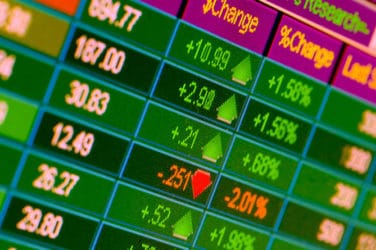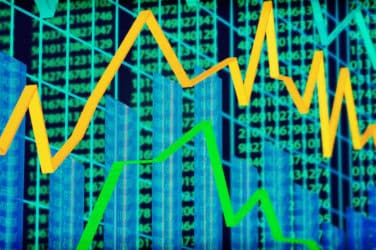
The presence of high-frequency traders improves market fairness by reducing end-of-day price dislocation, according to research from the Capital Markets Cooperative Research Centre (CMCRC).
End of Day (EOD) price dislocations are troublesome for markets and any market structure change which mitigates the incidence of such changes should be seen as a positive outcomes for the marketplace.
“EOD prices are often used to determine the expiration value of directors’ options, the price of seasoned equity issues, evaluate broker performance, calculate net asset values of mutual funds, and compute stock indices,” said Michael Aitken, CMCRC CEO. “So on the one hand there’s clear incentive to manipulate the closing price by ramping end of day trading to push the closing price to an artificial level. However, EOD dislocation could also simply reflect price pressure brought on by the fact that the market is about to close for 18 hours. Either way, EOD dislocation of prices is not a good look for markets.”
CMCRC examined data from 22 exchanges from around the world, from 2003-2011. It found that the presence of HFT decreases the probability of end-of-day (EOD) dislocation by 21%. Moreover, HFT was associated with a decrease in the total trading value surrounding each suspected dislocation, by the most conservative estimate of 42% relative to the average size of the total trading value, suggesting that the mere presence of HFT participants in a marketplace may discourage EOD dislocation.
The study also examined specific dates when EOD price dislocation was most likely to be manipulation, including dates when options expire and end of month/quarter calendar dates. The data showed that in the presence of HFT, EOD price dislocation was less pronounced on these dates as well.
Market participants and regulators had been concerned for some time about the potentially adverse role HFTs could be playing in markets. HFT has become commonplace in many exchanges around the world, and estimates vary due to the difficulty in ascertaining data, HFT probably accounts for 50-70% of equity trades in the U.S., 40% in Canada, and 35% in London.
CMCRC examined the robustness of their findings to different proxies to identify the material presence of HFT in a marketplace, including trade size, cancellation of orders, and co-location.
Policy mechanisms, including trading rules, surveillance and enforcement appeared to have had less of an effect in mitigating EOD price dislocation than HFT, suggesting that the market may indeed be capable of disciplining itself.
“There is an established negative relationship between liquidity and EOD prices (i.e. the higher the liquidity the harder it is to manipulate or the less prices will move) and that HFT by either providing additional liquidity at these points (or because market participants know that HFT are present in a marketplace) appears to reduce EOD dislocation,” Aitken said.





